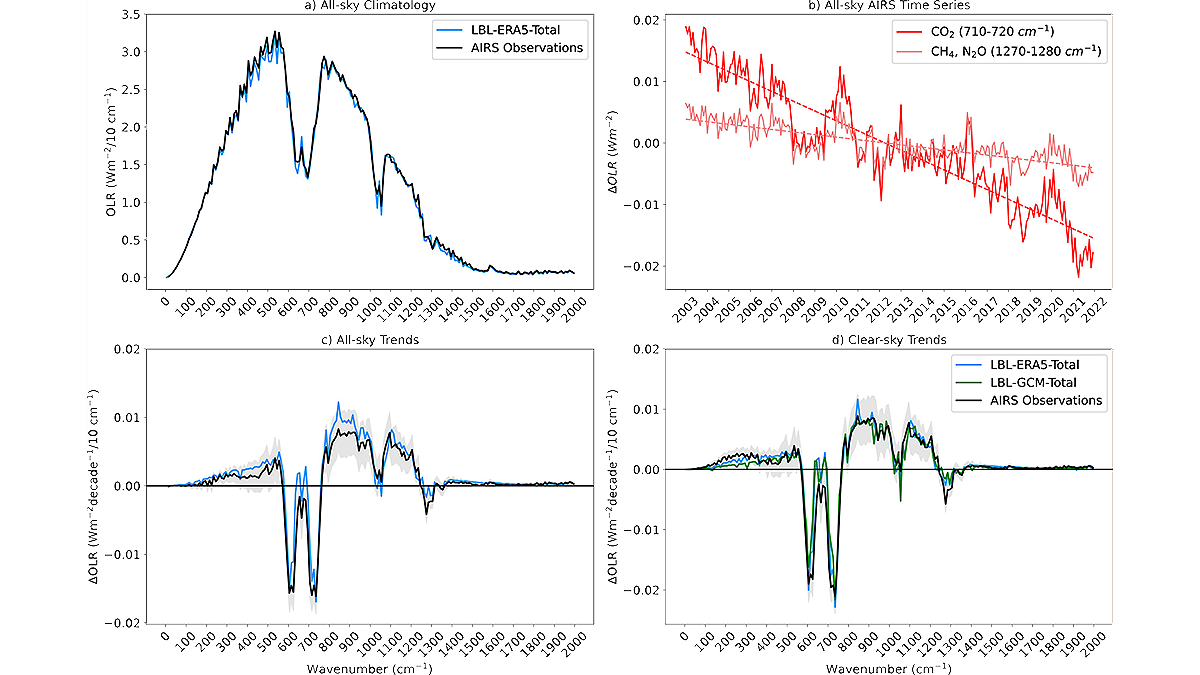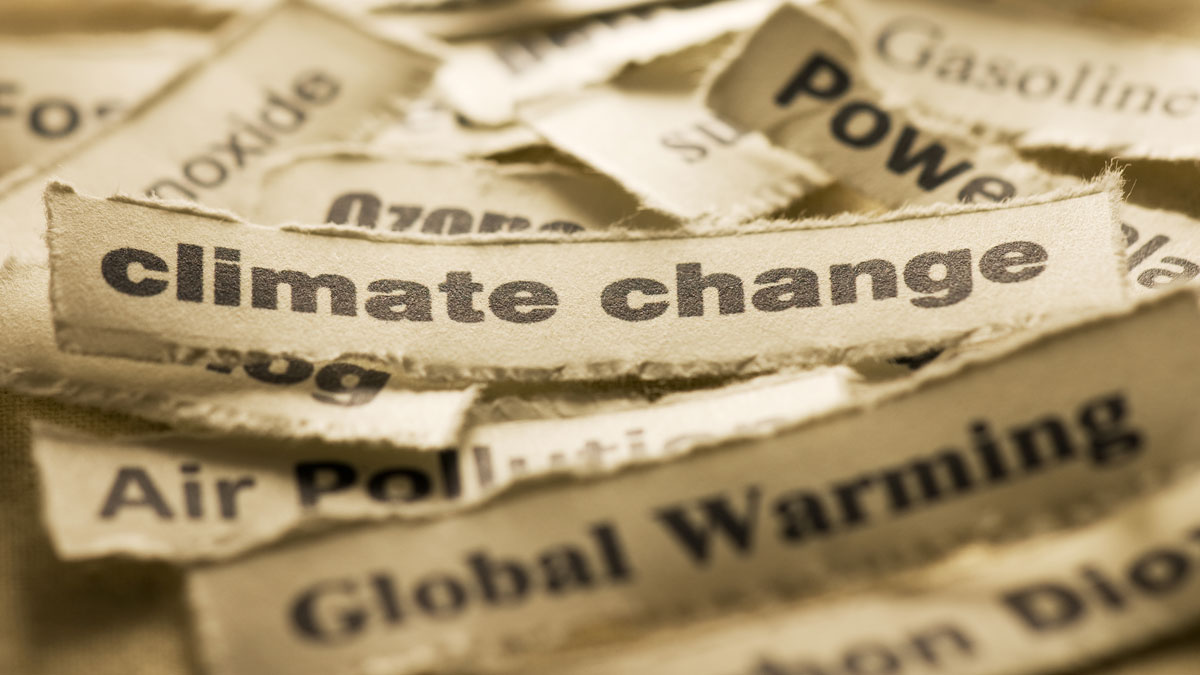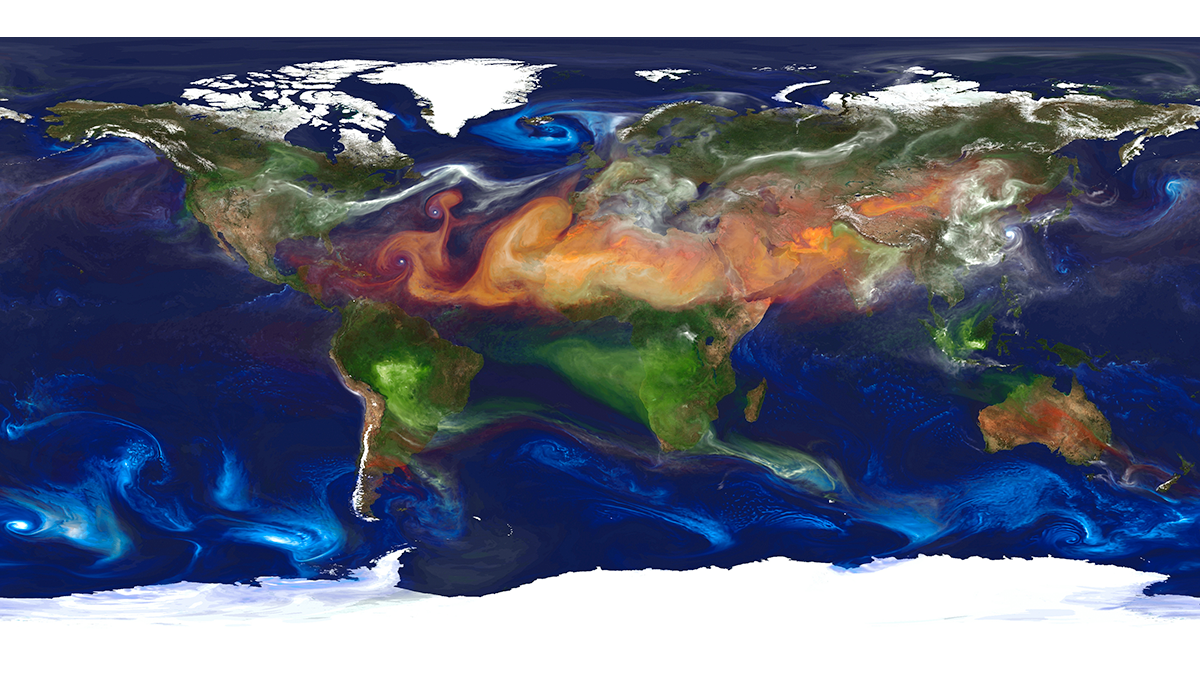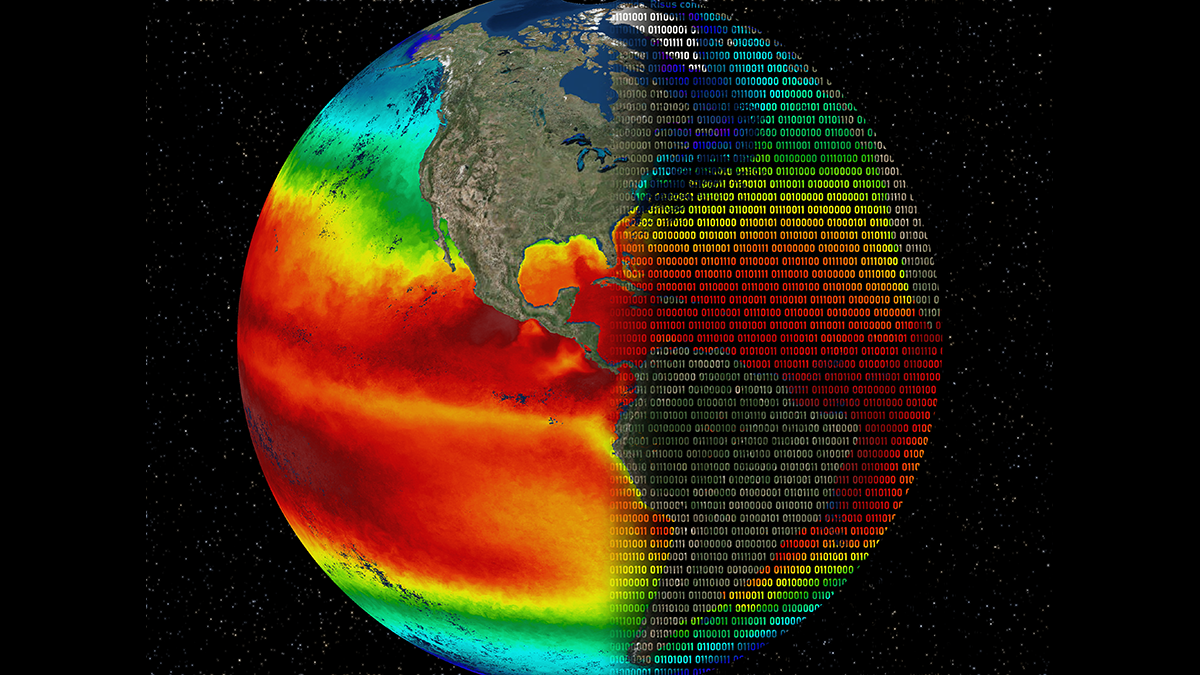“The Court is of the view that a clean, healthy and sustainable environment is a precondition for the enjoyment of many human rights, such as the right to life, the right to health and the right to an adequate standard of living, including access to water, food and housing.”
IPCC
Climate Scientists Unite to Nominate U.S. Experts for IPCC Report
A new academic alliance provides a pathway for U.S. climate scientists to participate in a critical international climate report.
A Powerful New Model for U.S. Climate–Air Quality Interactions
NOAA’s Geophysical Fluid Dynamics Laboratory has developed a new variable-resolution global chemistry-climate model for research at the nexus of U.S. climate and air quality extremes.
Using Satellite Observations for Attribution of Radiation Changes
Analysis of infrared satellite measurements identifies the climate response to an increase in greenhouse gases in the atmosphere.
From Newsworthiness to News Usefulness in Climate Change Research
Current approaches for deciding what science is covered in the media portray only a narrow slice of climate change research and aren’t well suited for stoking climate action.
Oceans May Have Already Seen 1.7°C of Warming
The global warming clock started ticking decades earlier than current estimates assume, according to Caribbean sponges.
Gently Down the Stream: Carbon’s Journey from Land to Sea and Beyond
Movement of carbon from land to ocean and atmosphere plays an important, but understudied, role in the global carbon cycle.
Earth’s Critical Zone Remains a Mystery Without its People
Achieving the UN Sustainable Development Goals may only be possible if human activities are central to critical zone science.
Reducing Aerosol Climate-Forcing Uncertainty: A Three-Way Street
To reduce persistent aerosol-climate-forcing uncertainty, new in situ aerosol and cloud measurement programs are needed, plus much better integration of satellite and suborbital measurements with models.
Analyzing Big Earth Data: Progress, Challenges, Opportunities
Big Earth data are accumulating at a rapid rate with challenges for understanding and using the data, but new tools and applications are enabling analysis and enhancing usability by policy makers.










